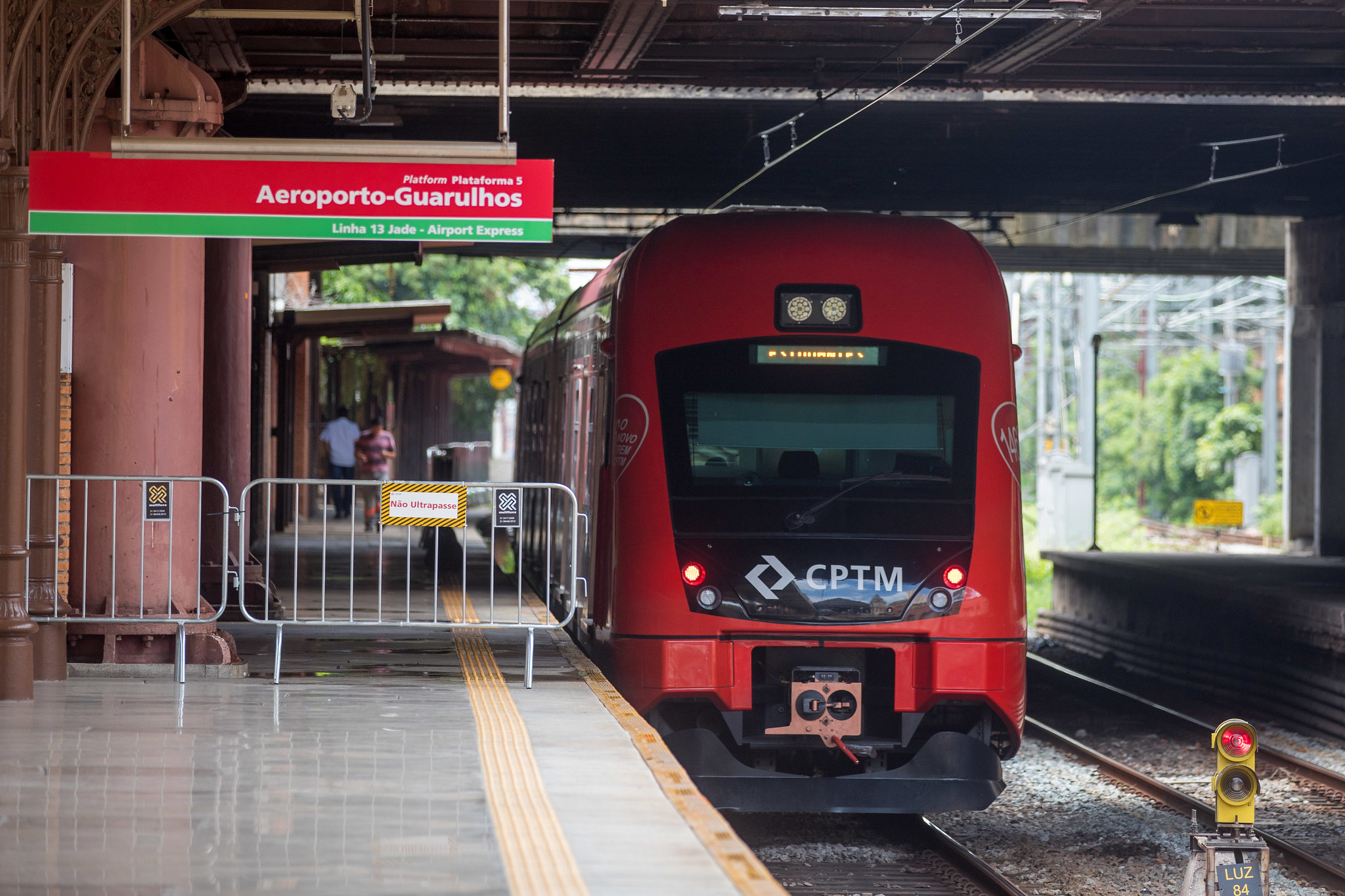Case studies
Publication Date
20 September 2021
Published
20 Sep 2021
Bundling of public private partnerships (PPPs) to create efficiencies and economies of scale
Many of the bridges are located in rural areas with low traffic volumes, hence PPP solutions are not attractive for investors
Context
In light of Pennsylvania having over 4,500 bridges classified as structurally deficient, the Pennsylvania Department of Transportation (PennDOT) decided to prioritize infrastructure repair and replacement work
Problem
- PennDOT estimates it would take 8-12 years to replace the bridges through a traditional procurement process
- Many of the bridges are located in rural areas with low traffic volumes, hence PPP solutions are not attractive for investors.
Innovation
- 558 of the bridges to be replaced were bundled together as part of a single PPP procurement package
- The PPP deal involves the design, build, finance, and maintenance (DBFM) of the bridges over a 28-year term
- Selected bridges are of similar size and design, allowing for standardization.
Stakeholders involved
- PennDOT — Project owner
- Plenary Walsh Keystone Partners (PWKP) — Consortium responsible for delivering PPP project
- PFF SPV1: Issuer of government-backed bonds
- Welsh Investors — Project sponsor and equity investors in the PWKP consortium
- Plenary Group — Project sponsor and equity investors in the PWKP consortium; also acting as financial arranger.
Timeline



Results and impact
- Bundling of the bridges is expected to reduce the total cost of the project by 20%; the average cost of building and maintaining each bridge in the PPP contract is USD 1.6M, significantly lower than the USD 2M estimated through a standard process
- Construction of bridges is expected to take 4 years under the PPP bundling procurement method, much faster than the 8-12 years estimated using a traditional procurement method
- As of January 2019, more than 500 bridges have been completed.
Key lessons learnt
- Bundling of assets provides the scale necessary for smaller projects to be procured viably as PPPs
- Packaging assets with similar characteristics allows for more efficient delivery through (1) standardization of design and (2) innovative delivery methods (e.g., prefabrication of bridge components off site)
- PennDOT had the necessary institutional capabilities to set up and deliver the PPP; the PennDOT’s PPP Office and the PPP Board had been established under the 2012 Public-Private Transportation Partnerships Act.





